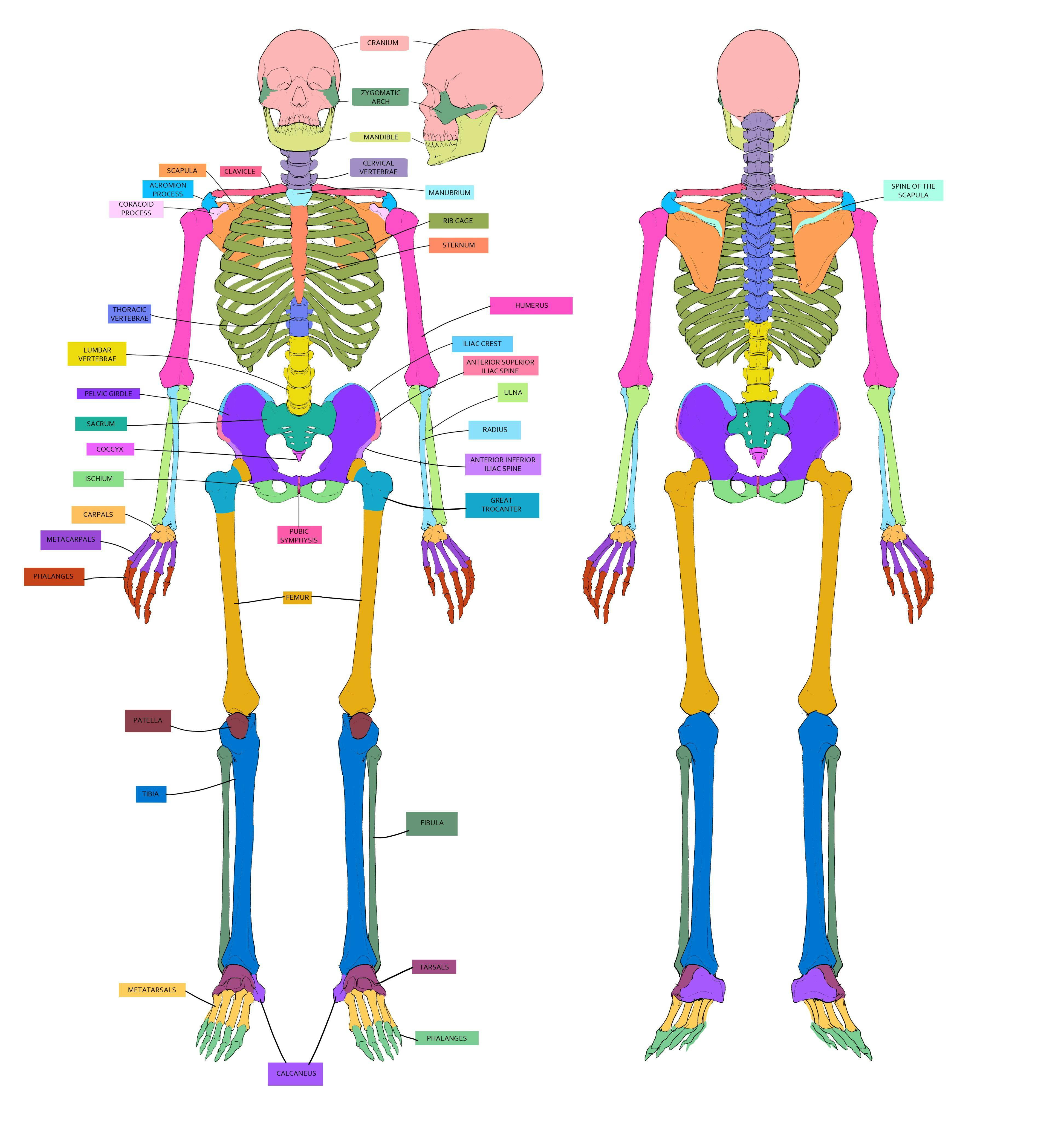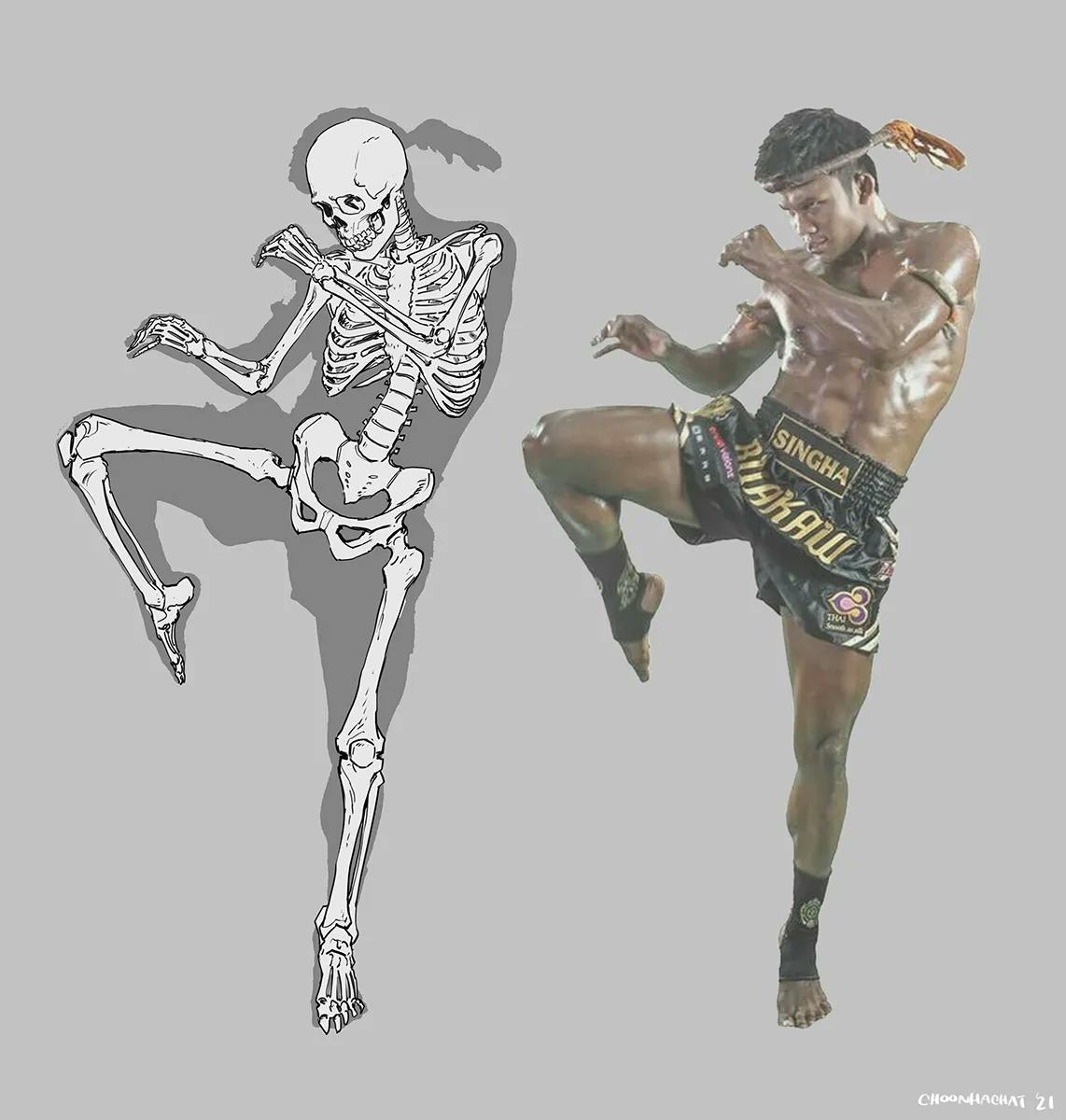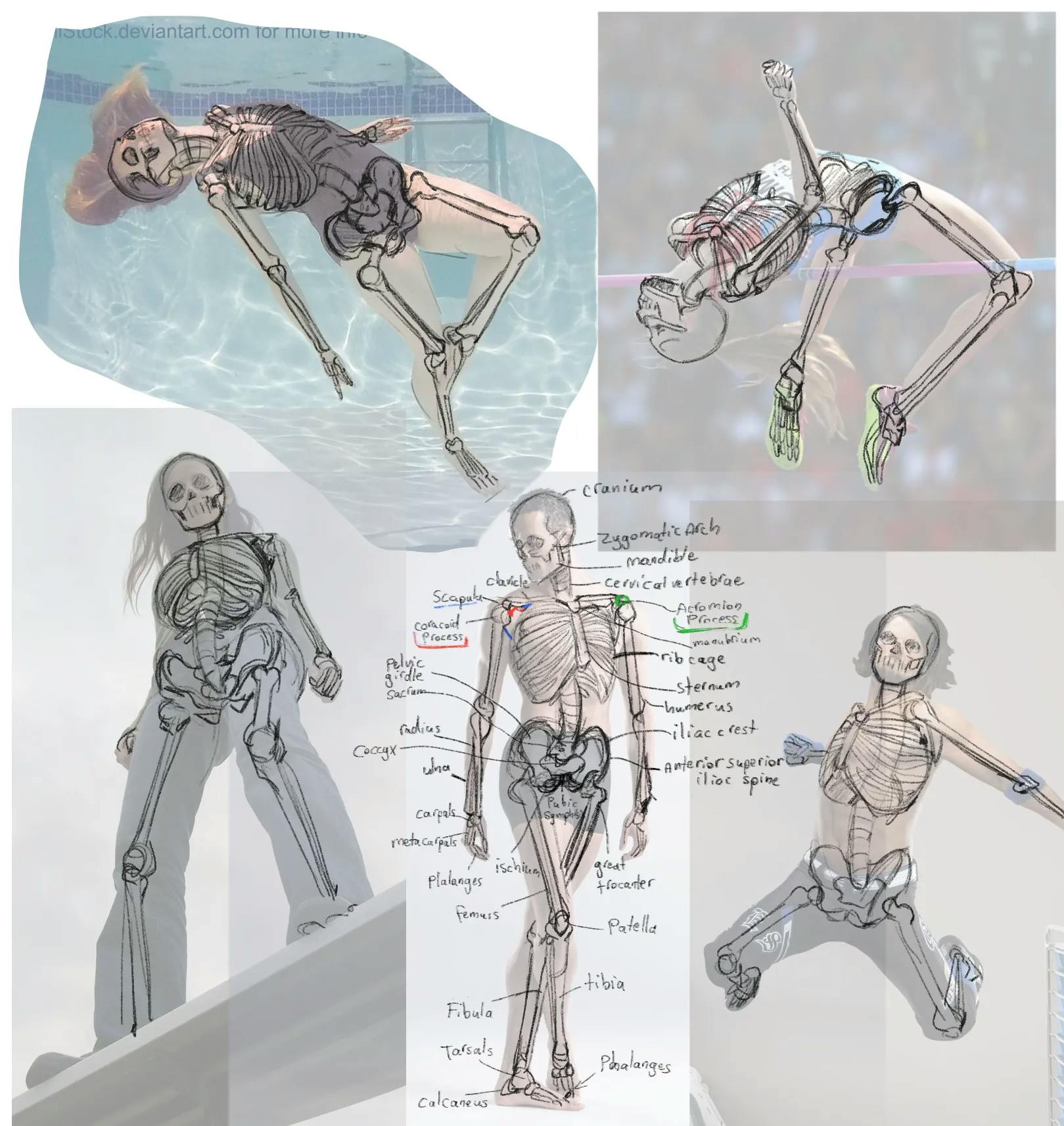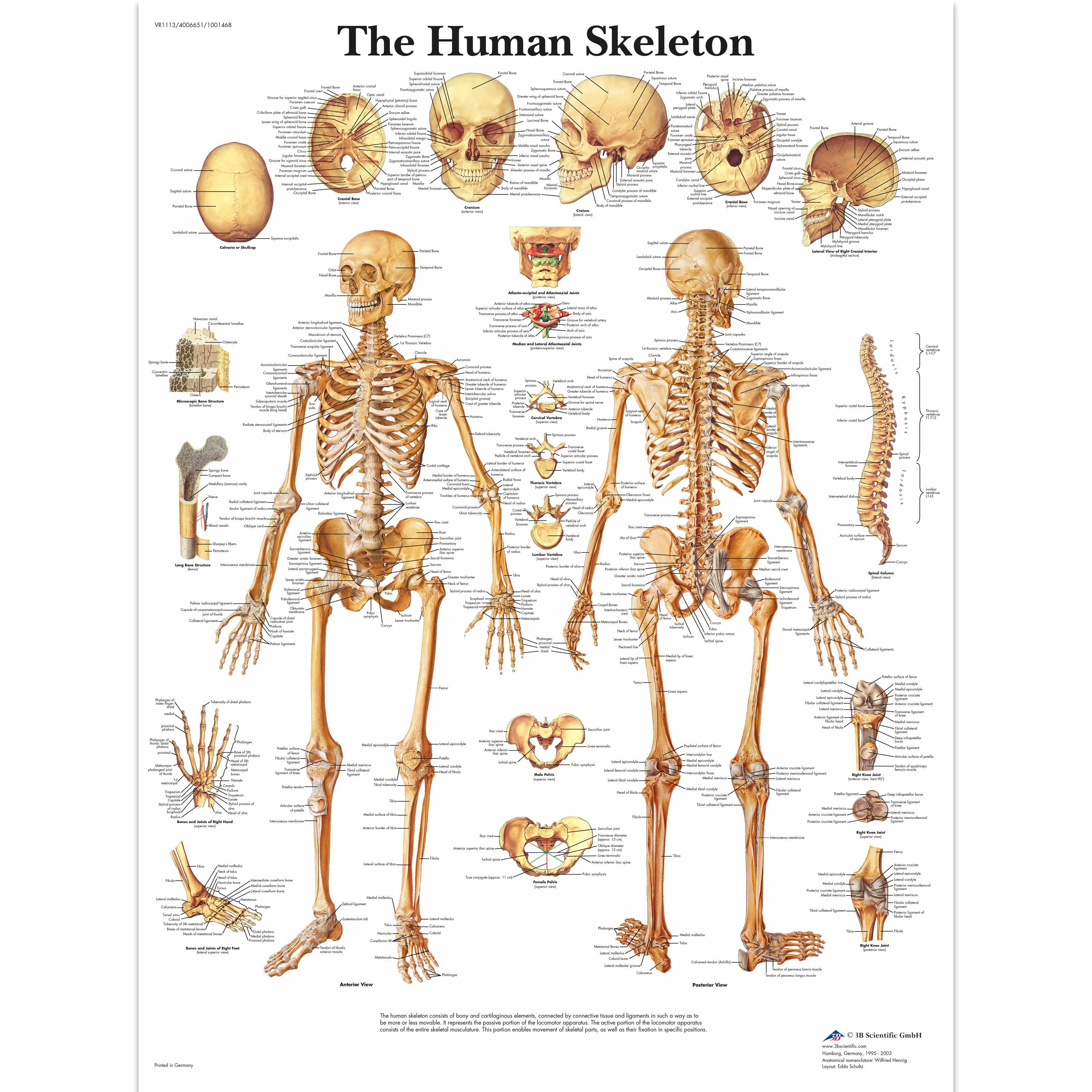
Simplified shapes

Some tutorials & series covering the basics of figure drawing:
The skeleton
Anatomy terms:






















The muscles
Anatomy:
Video tutorial references:
Book tutorial references:
Fat
Want to print your doc?
This is not the way.
This is not the way.

Try clicking the ⋯ next to your doc name or using a keyboard shortcut (
CtrlP
) instead.